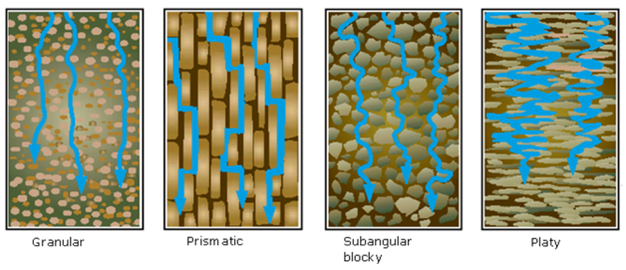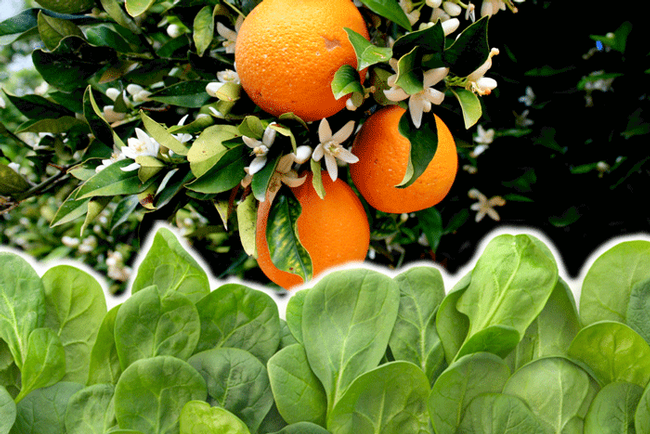- Author: Ben Faber
It ain't over yet, and this last week we had a wonderful 2 day meeting with folks who have dealt with drought in many different ways. Here are presentations made by people from Israel, Australia and California. Soon the actual videos will be available, but now see the powerpoints.
http://www.droughtmgt.com/#!presentations-and-documents/niui7
The grower panels are wonderful, but are not uploaded at this point
DAY I: UNDERSTANDING IRRIGATION WATER MANAGEMENT
Session I: California Response to Drought
9:15am // Overview of California Drought Response
9:30am // El Nino Forecast for California and Possible Impacts on Irrigated Agriculture
Session II: Technology of Water Management
9:45am // Soil Water Sensing
10:15am // ETc Estimates - Weather Stations (CIMIS), surface renewal
11:00am // Salinity Measurement
11:30am // Consideration In Selecting Water Stress Indicators
12:00pm // Precision Water and Fertility Management During Deficit Irrigation
Session III: Alternative Water Supplies
1:30pm // Irrigation With Recycled and Desalinated Water
2:00pm // Effects of Irrigation With Poor Quality Water on the Soil - California Experience
2:30pm // Effects of Irrigation With Poor Quality Water on the Soil - Israeli Experience
3:00pm // The Challenge of Sustainable Irrigation with Water High in Salts: Lessons from Dates, Olives and Grapevines
Session IV: Water Management Strategies During Drought
3:45pm // Water Management Strategies during Drought - Australian Experience
4:45pm // Cultivation Under Protective Structures to Save Water
Day II: WATER MANAGEMENT FOR INDIVIDUAL CROPS & GROWER EXPERIENCES
Session V: Technology Demonstrations
8:00am // Irrigation Scheduling - Australian Experience - IrriSAT Approach (IrriSAT Supporting Materials)
8:30am // Using the Pressure Chamber for Drought Mangagement Decisions
9:00am // Irrigation System Evaluation
9:30am // Salinity Mapping for Water Management
Session VI: Conncurrent Breakout Groups
10:30am // Citrus - Israeli Experience: Long Term Effects of Deficit Irrigation, Salinity, and Rootstocks on Orchard Productivity
10:30am // Grapes - Table and Wine Grape Irrigation Scheduling
10:30 // Deciduous Nut Crops - Irrigation and Crop Load Interactions
10:30// Almond Irrigation, the Israeli Experience
11:15am // Olives - Israeli Experience: Cultivation Under Limited Water Availability
11:15am // Grapes - Wine Grapes Irrigation - Coastal Vineyards
11:15am // Deciduous Nut Crops - Almond Irrigation - Israeli Experience
1:00pm // Avocado - Israeli Experience
1:00pm // Grapes - Wine Grapes Irrigation: San Joaqin Valley
1:00pm // Deciduous Nut Crops - California Experience
1:30pm // Deciduous Nut Crops - Pistachios Irrigation
1:45 // Subtropical Crops - California Experience
1:45 // Grapes - Irrigation, the San Joaquin Valley
2:00pm // Deciduous Nut Crops - Walnut Irrigation
2:30pm // Grower Panels
3:15pm // Concluding Remarks

- Author: Ben Faber
It seems the world is attacked on all sides, including the iconic citrus and avocado industries in California. Aside from the other agricultural issues all growers have of water, labor, costs, weather, family, you name it, citrus and avocado growers have particular problems. There is Asian Citrus Psyllid/Huanglongbing for citrus and the Shot Hole Borers for Avocado. The latter is a beast that is going to lay waste to many other tree species besides avocado, like sycamore, coast live oak, native maple and many other tree species.
Citrus and avocado are still strong industries in California and will remain so as solutions to these pest invasions are dealt with. But we are coming up to the time when maybe other tree crops should be considered. These alternative tree crops come with new promise, but they also come with problems. You have to figure out how to market them. The California industry knows what to do with an avocado and a grower knows where to go with a ‘Gold Nugget' mandarin, but what do you do with a longan or cherimoya. You figure out how to market it, through direct marketing at farmers markets or the internet, some specialty marketer like Frieda's Finest or Melissa's or your regular packer who has taken an interest in your product.
I've spoken with growers who say they have grown such and such for four generations and they are not adjusted physically or psychologically to grow anything else. Well, it is good to stick with what you know best and refine it for current conditions, but it's also good to keep options open. Stick to what is best for your situation and support the studies needed to make citrus and avocado strong industries, but also think about maybe something else.
Here's links to tree crops that do well in Southern California and for that matter can be adjusted to much of California. Just watch out, it gets cold north of the Grapevine and San Luis Obispo and options are more limited with subtropicals, but think deciduous.
Subtropicals
http://ceventura.ucanr.edu/Com_Ag/Subtropical/Fruit_and_Nut_Varieties/Citrus_and_Other_Subtropicals/
Deciduous
http://ceventura.ucanr.edu/Com_Ag/Subtropical/Fruit_and_Nut_Varieties/Deciduous/




